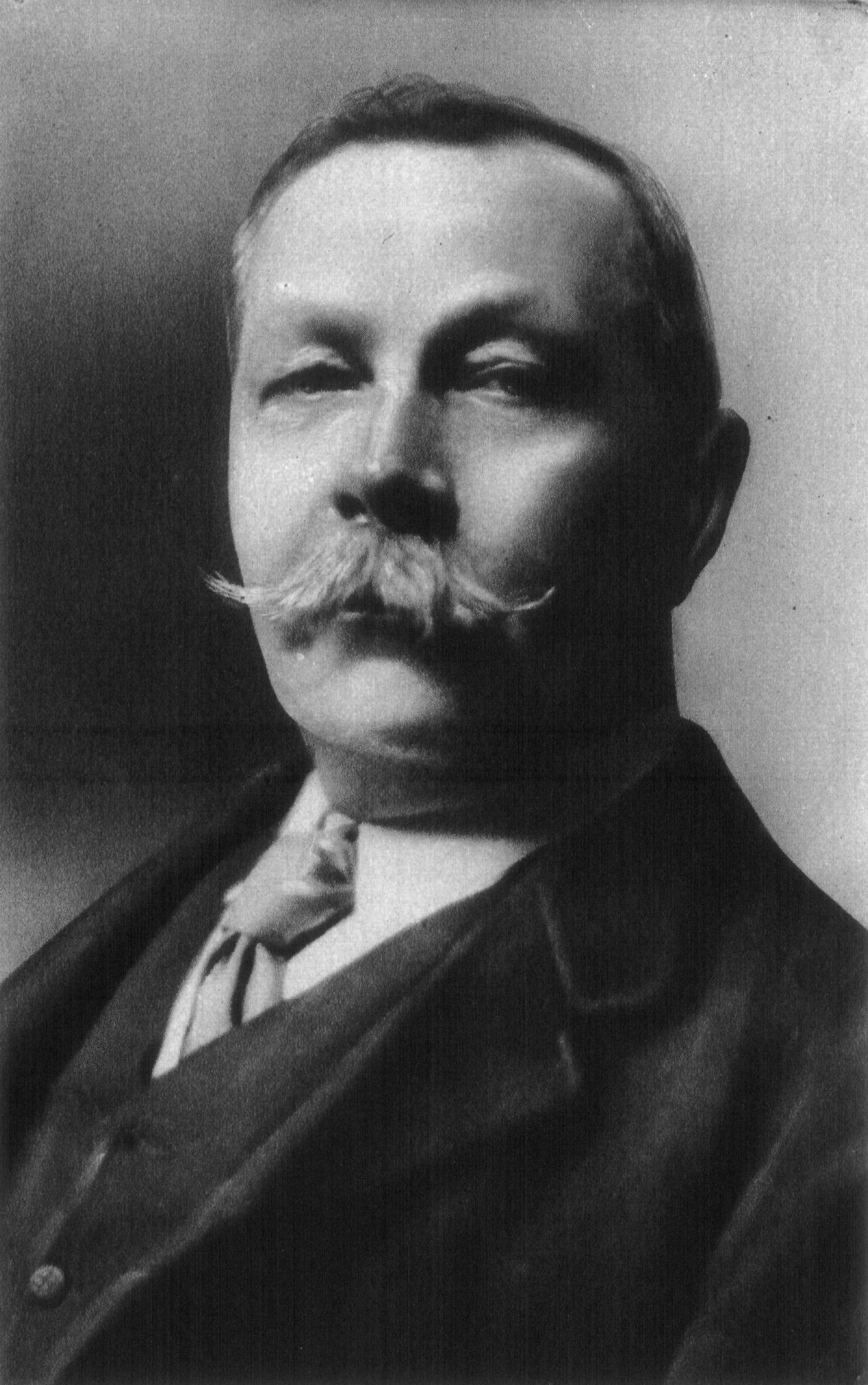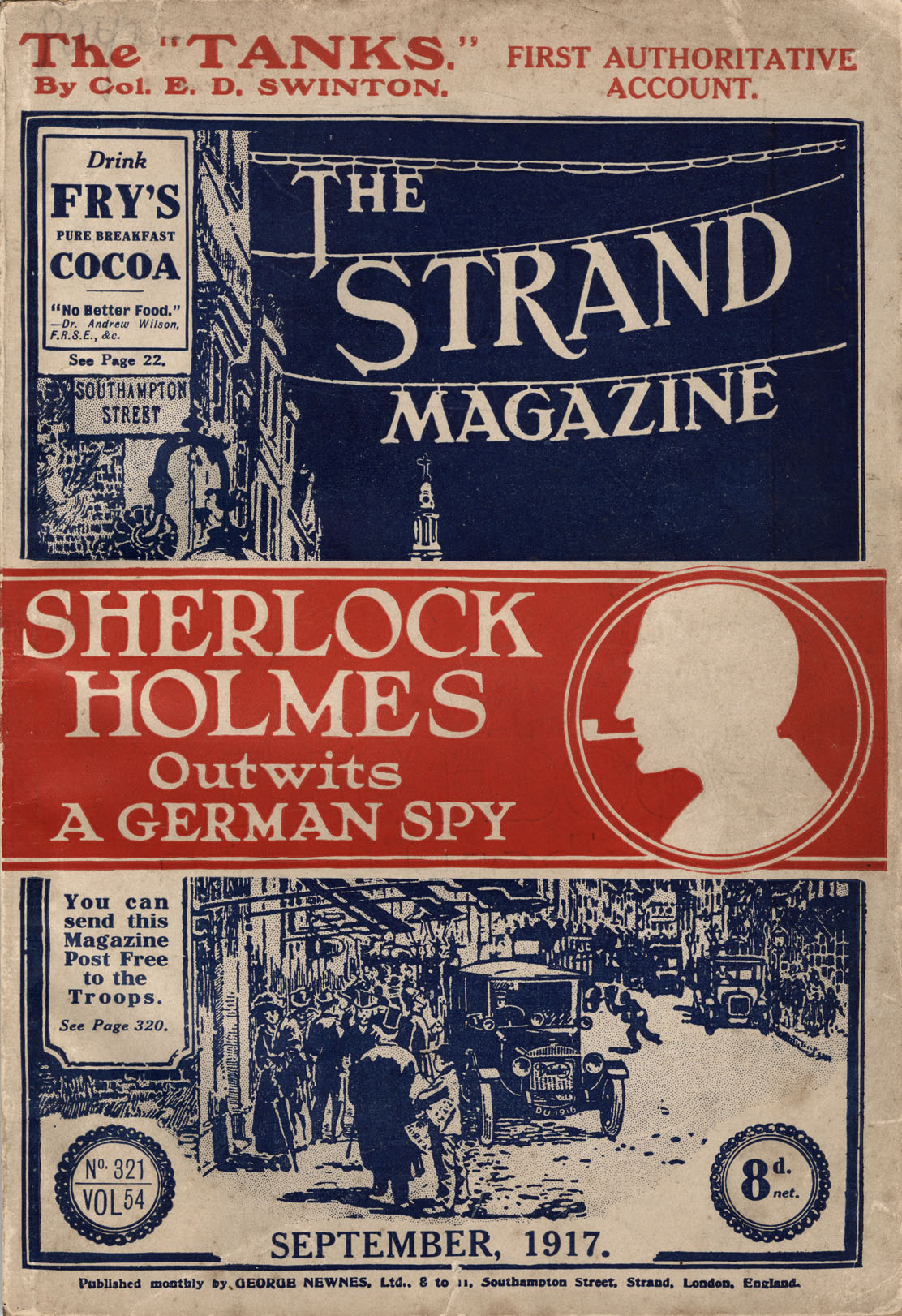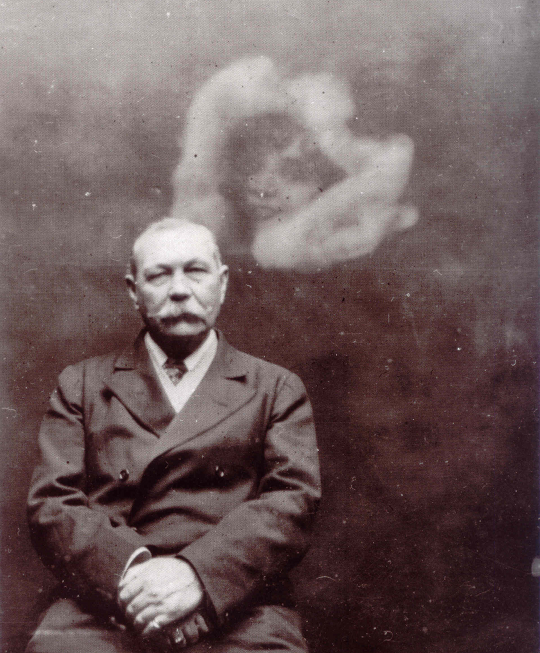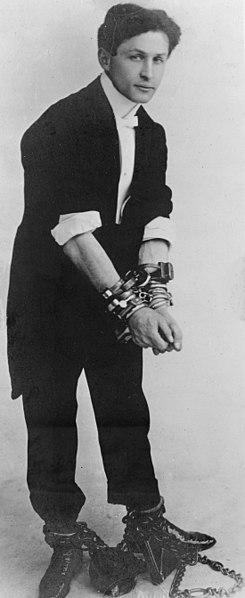
Conan Doyle, Arthur
Arthur Conan Doyle, born in 1859, had his fair share of adventure. Not to be outdone by the hero of his magnum opus, Sherlock Holmes (who would become the most iconic detective in fiction), Conan Doyle trained as a surgeon in Edinburgh with authors Bram Stoker and Robert Louis Stevenson, played first-class cricket with author J M Barrie, worked as a doctor aboard whaling ships heading for the Arctic and later West Africa, opened a failed doctor’s practice in Portsmouth, studied the anatomy of the eyeball for a few months in Vienna, opened a failed eye specialist consultancy in London, went skiing in Norway with author Jerome K Jerome, took his ill wife to Switzerland and, while there, became the first British man to cross the Alpine pass Maienfelder Furgga. He later cruised up the River Nile to visit the frontline of the Sudanese war, served in the Boer War as a doctor, was knighted for writing a pamphlet about the Boer War, ran for a seat in Parliament (but lost!), became a Freemason, ran for a seat in Parliament a second time (and lost again!), travelled to Canada, then to Australia, where he met Harry Houdini, then toured North America giving lectures (and, incidentally, telling people fairies are real), before visiting several African countries, then Scandinavia, until, finally, he settled down in Sussex for a year before he died of a heart attack. While his commitment to spiritualism may seem strange to many of us, there is no questioning Arthur Conan Doyle’s sharp character and commitment to adventure. And somewhere, among all of that, he had time to write a host of short stories and novels.Conan Doyle single-handedly changed the way we think about crime fiction, though it may surprise you to learn that towards the end of Conan Doyle’s life, he had grown sick of the character. Regardless, Sherlock Holmes is the bench mark against which all other fictional detective stories are measured, and we’re still reading and watching his stories over 130 years later.
He struggled to find a publisher for his early work, though the popularity of Holmes led to Conan Doyle being one of the highest-paid authors of his time. The success of The Sign of Four allowed him to quit the medical profession and become a full-time writer, and critically it was considered to be a great improvement on Holmes’s first outing – particularly with regard to the depth of the main character.
It would be unfair not to at least mention some of his other works that do not feature the genius detective: The Lost World (1912) starred Professor Challenger, another character who featured heavily in Conan Doyle’s oeuvre. In fact, without The Lost World, Michael Crichton’s Jurassic Park (1990) might never have been written! It would also be remiss to exclude the historical adventure novel The White Company (1892), which Conan Doyle himself believed to be his greatest work. Critics are generally very positive about The White Company, though few would argue it was greater than The Adventures of Sherlock Holmes.
© ZigZag Education 2026: content may be used by students for educational use if this page is referenced.
Show / hide details






